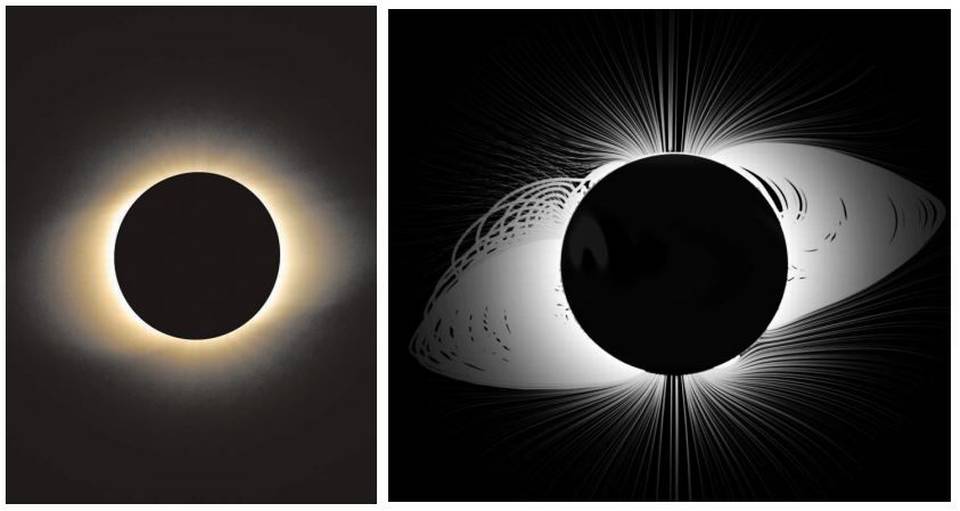
The team predicted the shape of the Sun’s atmosphere at the time of the eclipse using a two-step model
Scientists from the Indian Institute of Science Education and Research (IISER) Kolkata were in for a pleasant surprise as the total solar eclipse on July 2 proved their prediction correct in its major features. They joined solar physicsts from India and several international researchers who had gathered in Argentina to view the eclipse.
While their aim was to check whether their prediction of the shape of the corona had been realised, imaging the solar corona, or the Sun’s atmosphere was the motivation for many others. The corona can only be viewed during a total solar eclipse. This total solar eclipse was visible only within a narrow strip of land stretching over Chile and Argentina.
Dibyendu Nandi’s group, from IISER Kolkata, had used a two-step model to predict first the shape of the solar magnetic field on the day of the eclipse and then extrapolate it to describe what the corona would look like. “Our predictions of two cross-equatorial streamers, or bright petal like structures the Sun’s Corona were confirmed by the observations,” said Prof. Nandi in an email to The Hindu.
Space weather
The model built up by the IISER Kolkata team can be used to predict space weather. It will also be useful in analysing data from the proposed Indian space mission – Aditya-L1 – which is meant to study the Sun’s corona. “We now know the basic theoretical premise of our computational modelling is correct. This work has given us confidence to utilise similar theoretical models for supporting the interpretation of data from India’s Aditya-L1 solar space mission which is currently under development,” says Prof. Nandi.
The path of the eclipse was known well in advance and hence a professional meeting was planned for solar physicists about a year earlier.
“The local organisers looked at possible locations near San Juan (which is situated at the edge of the path). One needs to go to the central line for maximum duration of totality,” said Dipankar Banerjee, solar physicist from Indian Institute of Astrophysics who helped organise the meeting.
“Special permission was needed to reach this place; apparently tourists are not allowed to these locations,” he added in his email to The Hindu.
This eclipse offered an excellent opportunity to view and image the corona. Despite being hotter than the layers of the Sun that lie within, the corona has lower density of photons. For this reason, the inner layers of the Sun such as the photosphere outshine the corona, rendering it practically invisible. Except, that is, when the Moon totally occults the Sun. During a total solar eclipse, the Moon’s disc completely covers the region of the photosphere. This lends a moment of total darkness. But just before totality, light from the Sun reaches viewers, first as a brilliant spot of light known as the “diamond ring.” At this stage, you can see the chromosphere and solar prominences. The next instant, when the Moon’s disc covers the Sun, we see an uneven ring of light – the corona. This is seen only during the totality.
Details to be analysed
The broad features of the corona are as predicted by the IISER Kolkata team. “We have to perform a detailed analysis to ascertain which fine scale features of the corona we got right and what aspects we did not. For this we have to wait for technically processed images and other scientific observations acquired during the eclipse by teams from the US National Science Foundation, regional observatories in Chile and Argentina and space-based satellites,” explains Prof. Nandi.
Based on constraints set by these observations, the group plans to refine their models before translating these into operational space weather forecasting tools.
source: http://www.thehindu.com / The Hindu / Home> Sci-Tech> Science / by Shubashree Desikan / July 06th, 2019